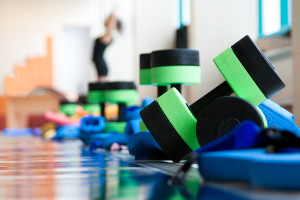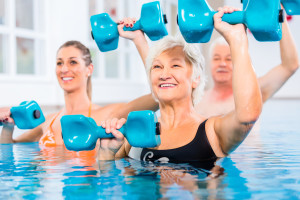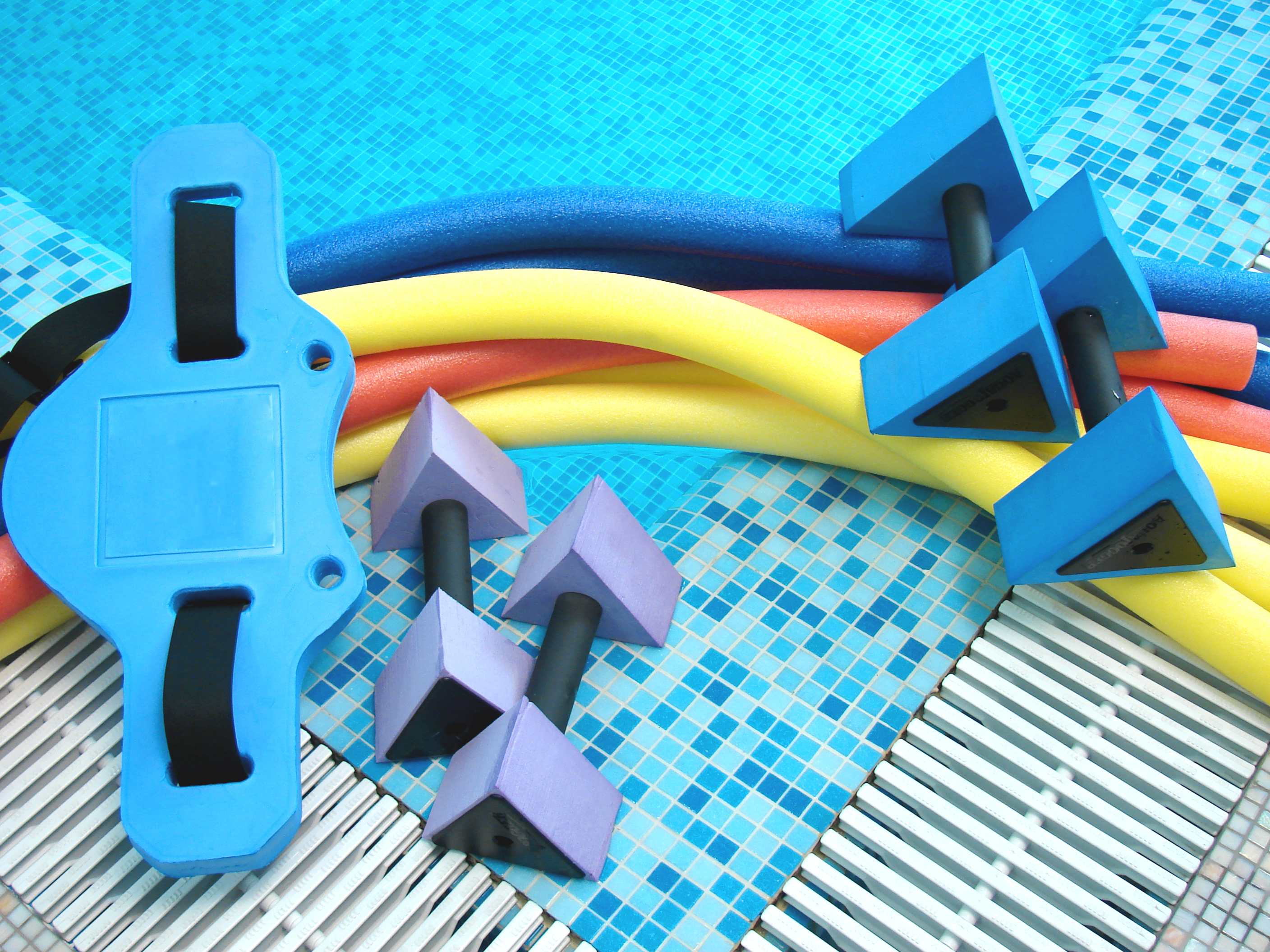Aquatic Therapy

According to the Arthritis Foundation:
- Arthritis comes from the Greek words for joint (arthro) and inflammation (-itis)
- According to the CDC, arthritis and rheumatic conditions cost the US economy $128 billion annually and result in 44 million outpatient visits a year.
- The February 2007 issue of the Journal of Bone and Joint Surgery noted that about 1 million knee replacements are performed in the world each year. Approximately 500,000 of the knee-replacement procedures are undertaken throughout the United States.
- Americas obesity problem along with an aging population and workforce has contributed to a marked increase in joint replacements and back surgeries in our country.
- 2012 Archives of Physical Medicine and Rehabilitation had an important study to support improved outcomes for post-operative aquatic management of TKA/THA patients.

What are the benefits of Aquatic Therapy?
- Aquatic therapy allows patients to use the healing properties of water in an effort to reduce pain, increase range of motion, improve strength, control edema, and promote improved functional activity tolerance and endurance.
- Earlier activity level allowed by exercise in the pool environment facilitates proper gait mechanics.
- Earlier full weight bearing tolerance with less compensation.
- Warm water facilitates muscle relaxation and increases peripheral circulation to injured areas with vasodilation.
- Aquatic therapy uses hydrostatic pressure to decrease swelling and increase joint position awareness.
- Viscosity of water provides resistance for strength training.
- Warm water stimulates body awareness, balance, and trunk stability.
- The reduction of gravitational forces in the pool allows the patient to stand and begin gait training and strengthening exercises without causing further damage to healing structures.
- Warm water and buoyancy results in decreased pain sensitivity.
- Studies show that walking in waist deep water at 2mph is the equivalent of walking 4mph on land. Many people can’t develop endurance on land due to pain that limits their tolerance and participation in an exercise program. The pool allows for this group to improve and transition to land based exercise.

Additional Information:
- The pool stays at a temperature of 89-92 degrees. Warm water decreases muscle guarding and pain and provides a comforting and relaxing environment.
- Ankle weights up to 5# and arm dumbbells are available for increasing the intensity.
- Pool noodles and kickboards are provided for exercising.
